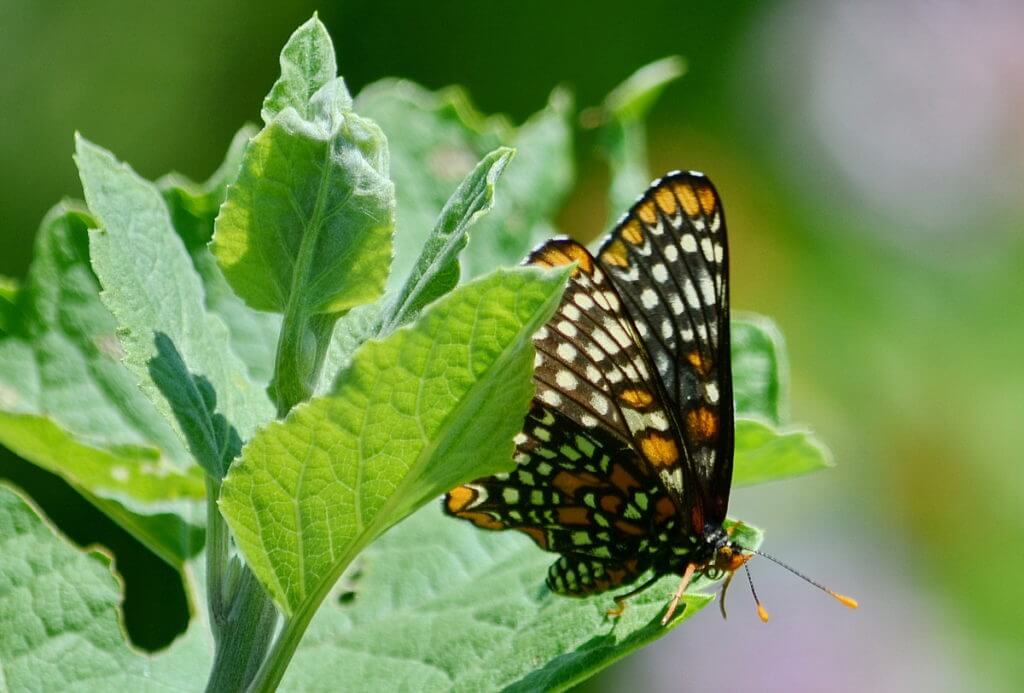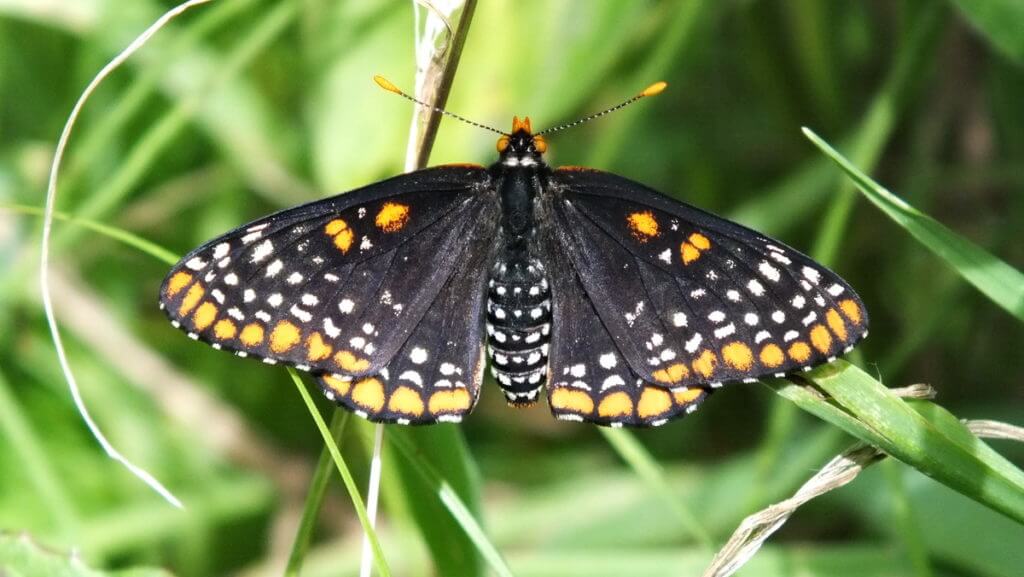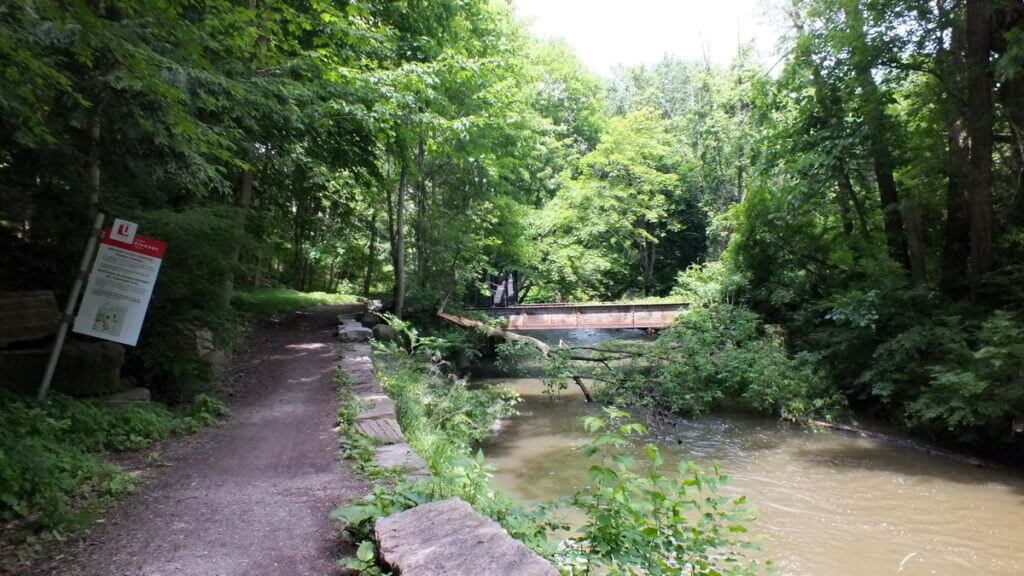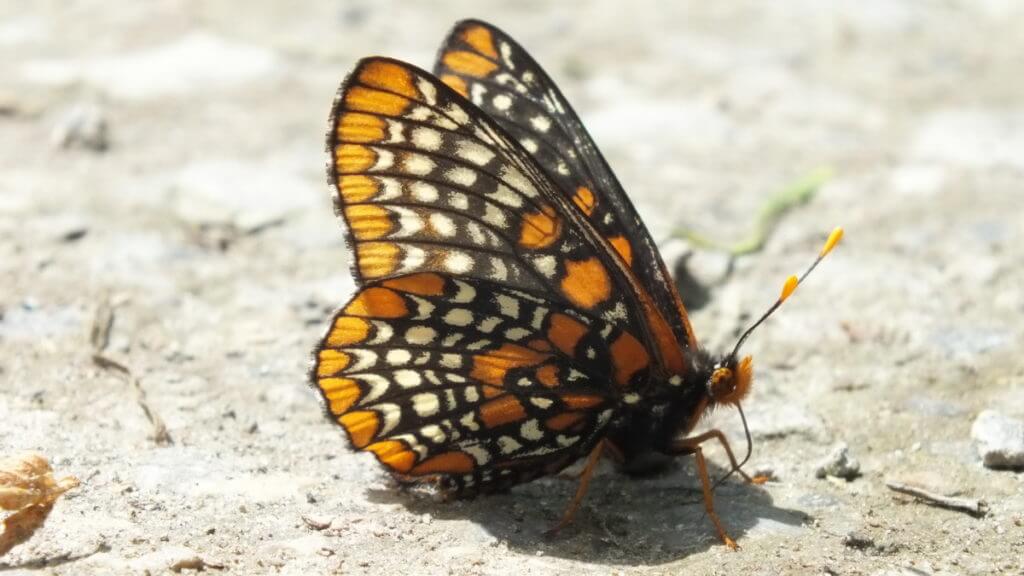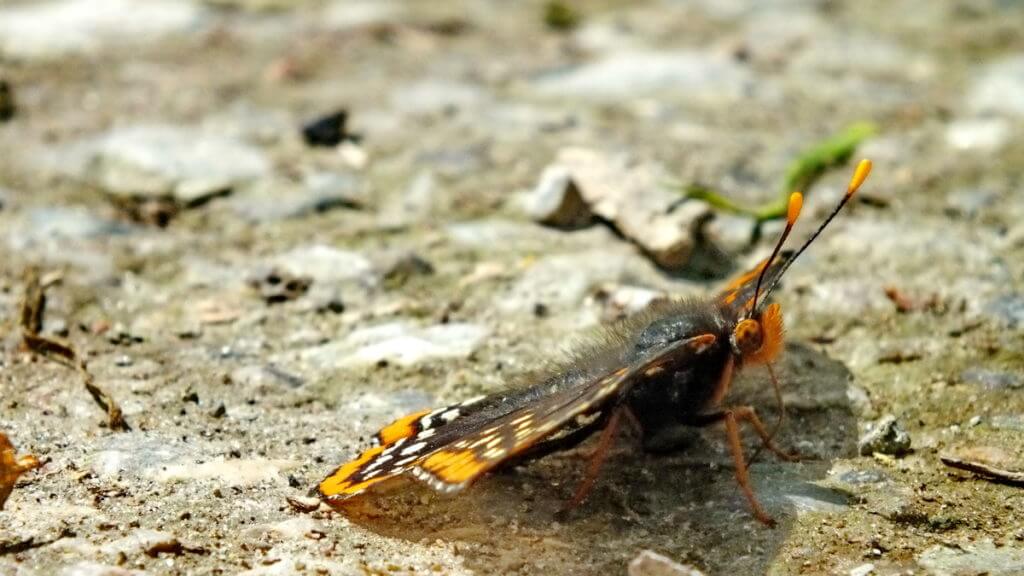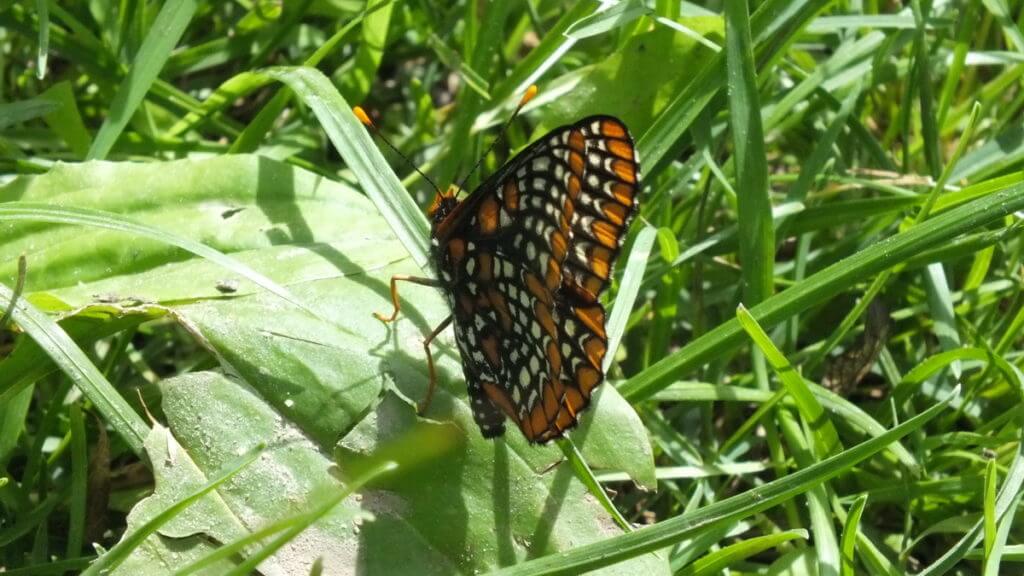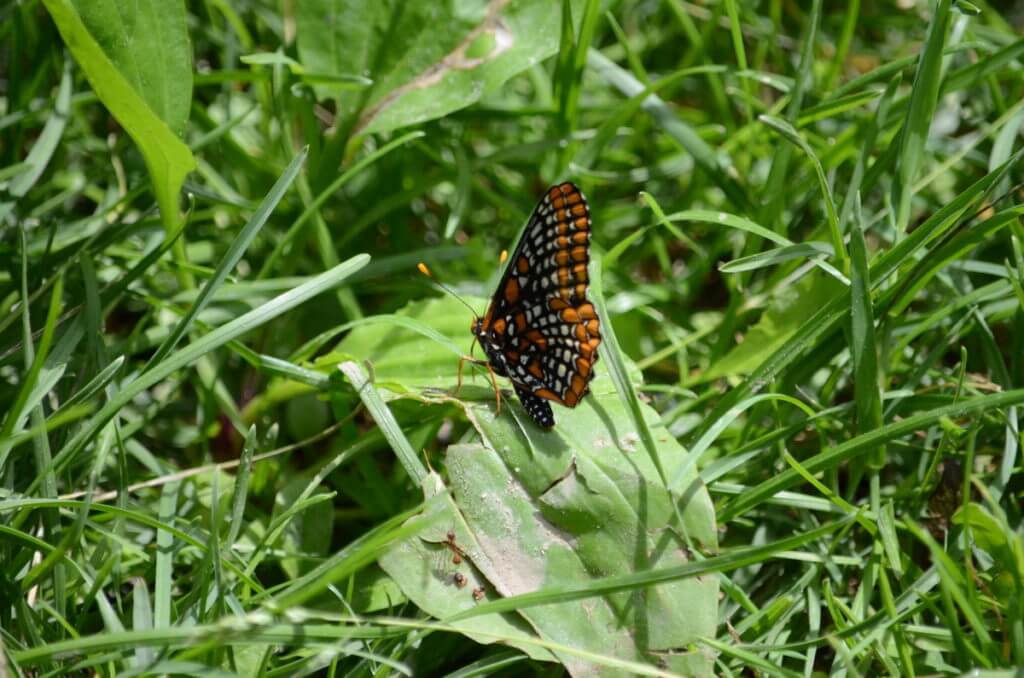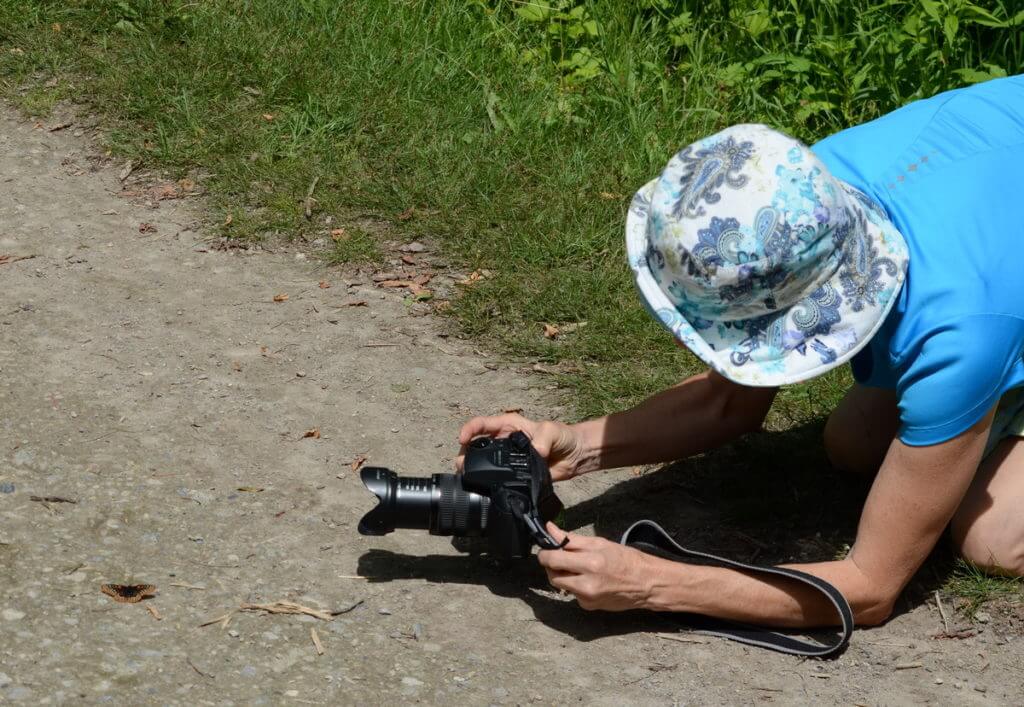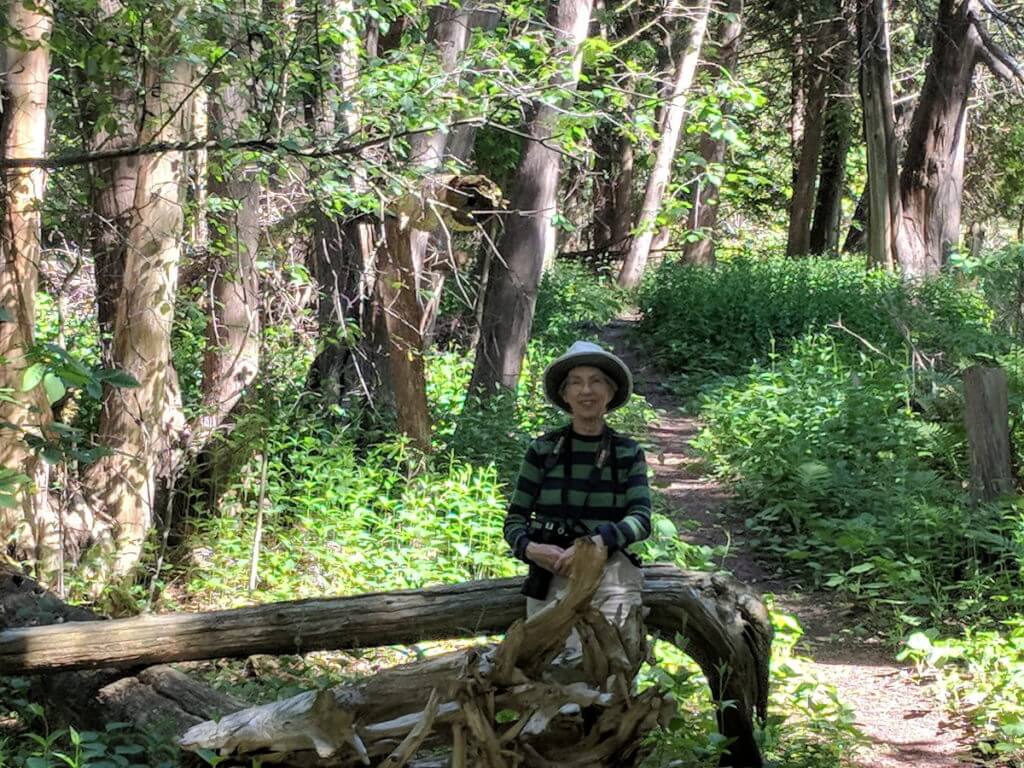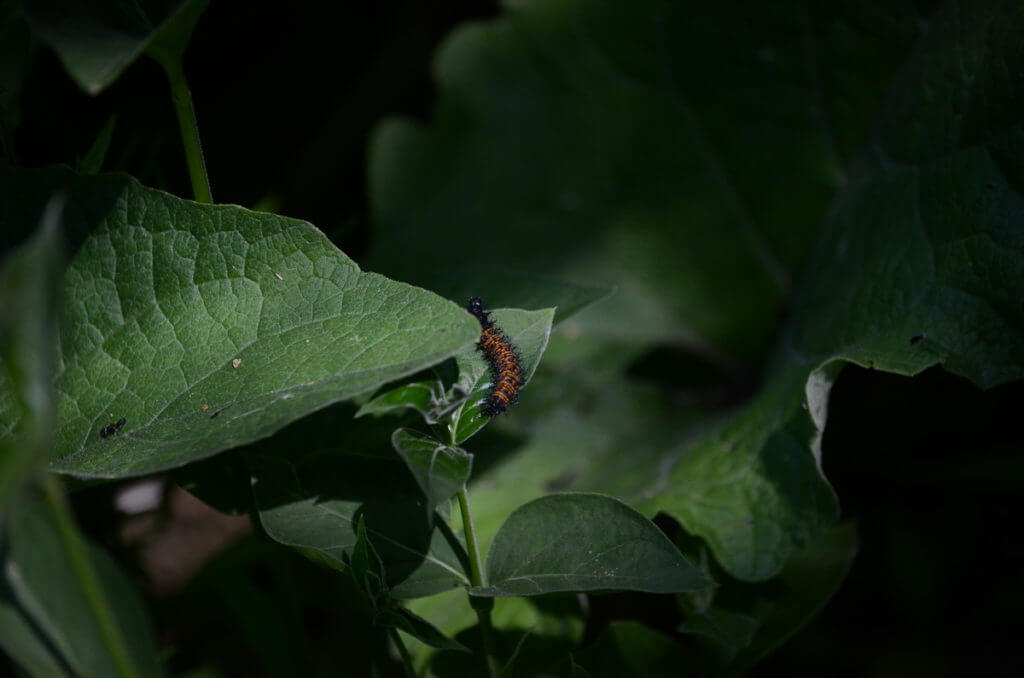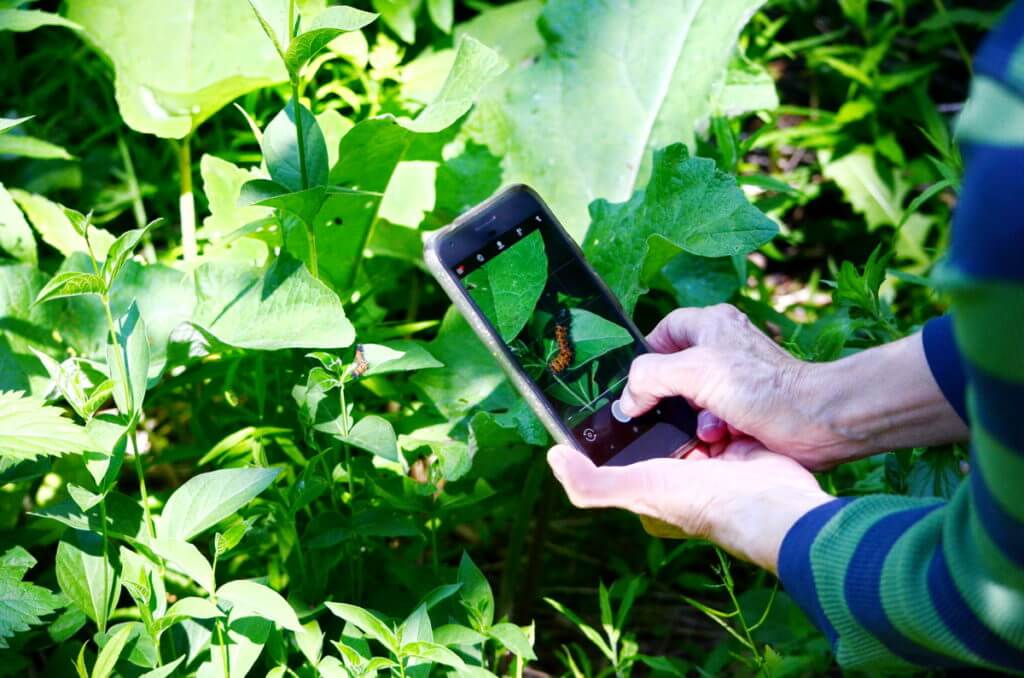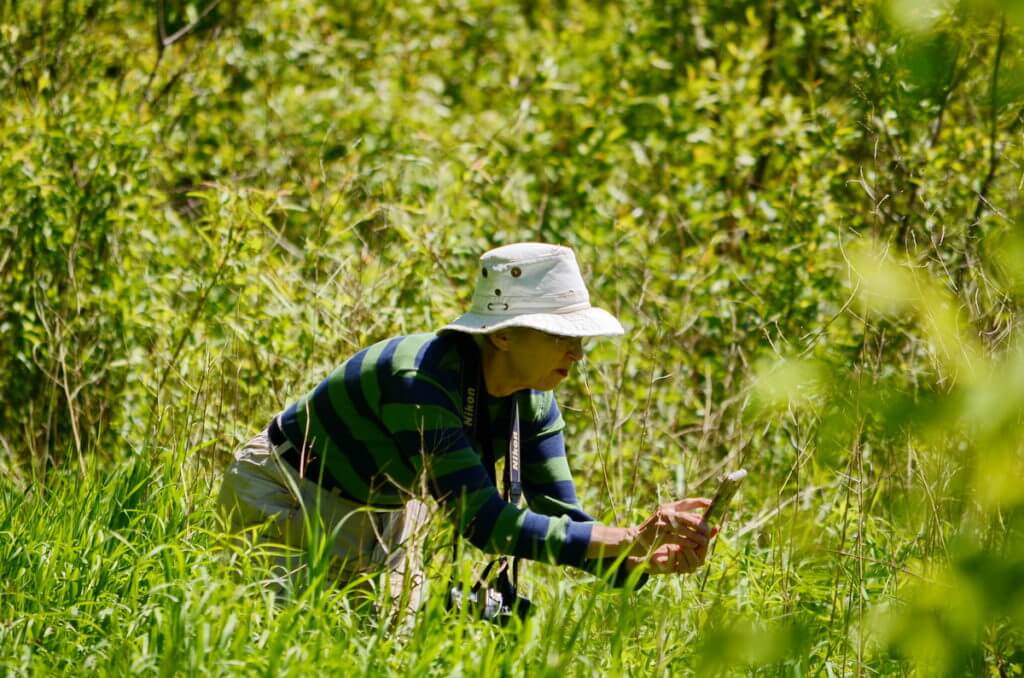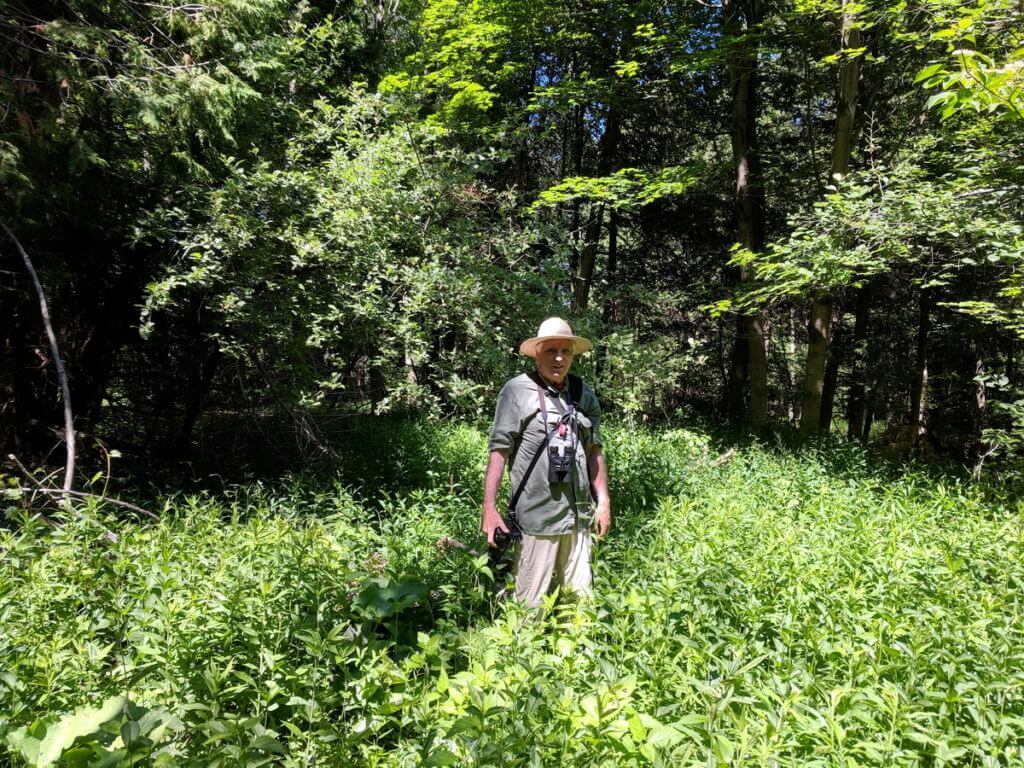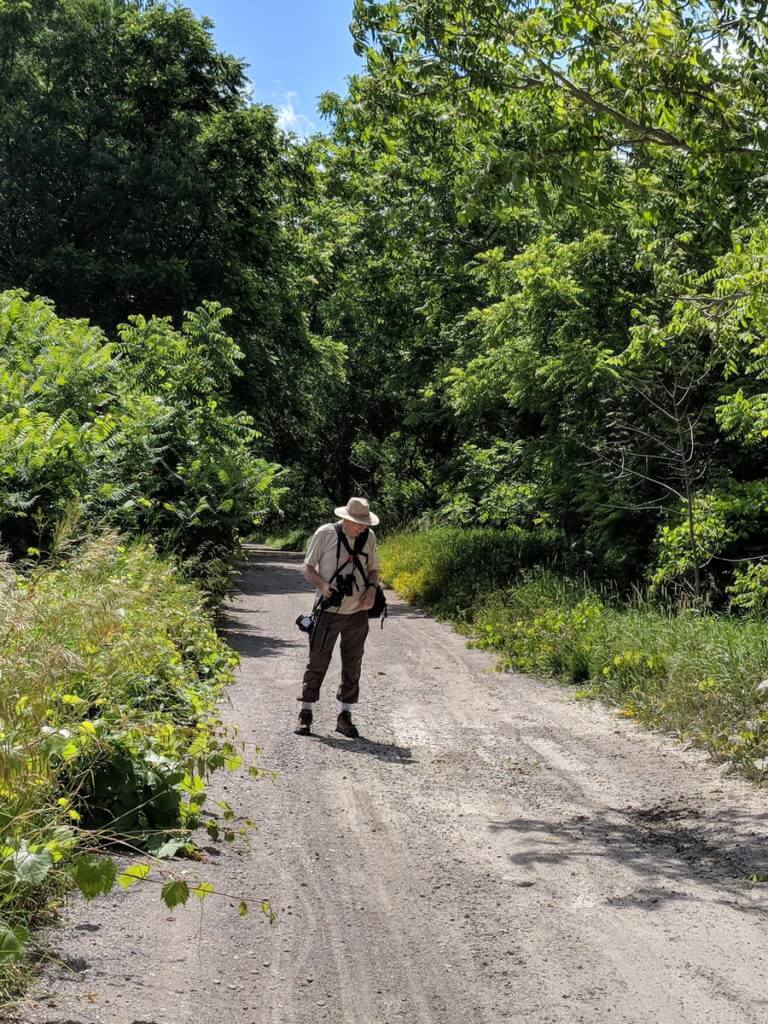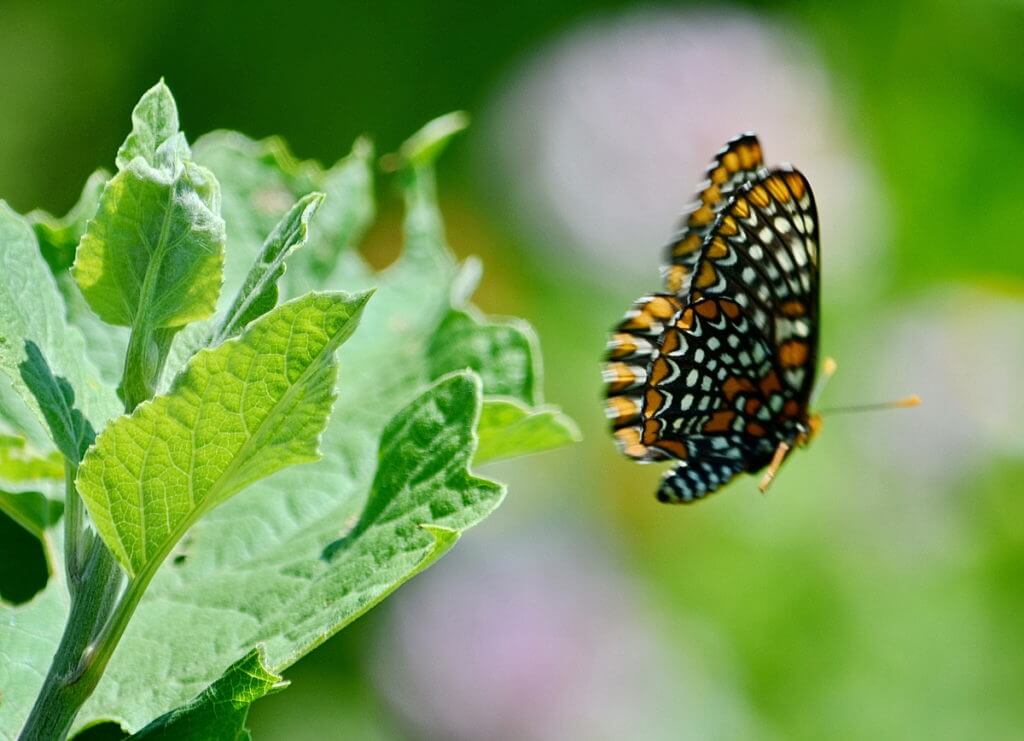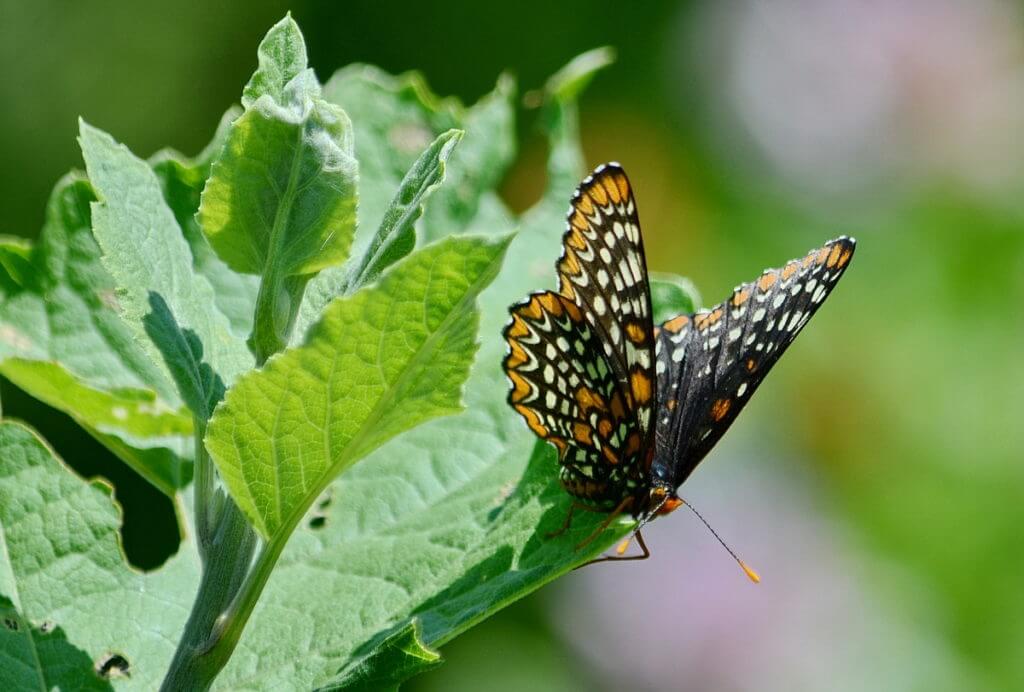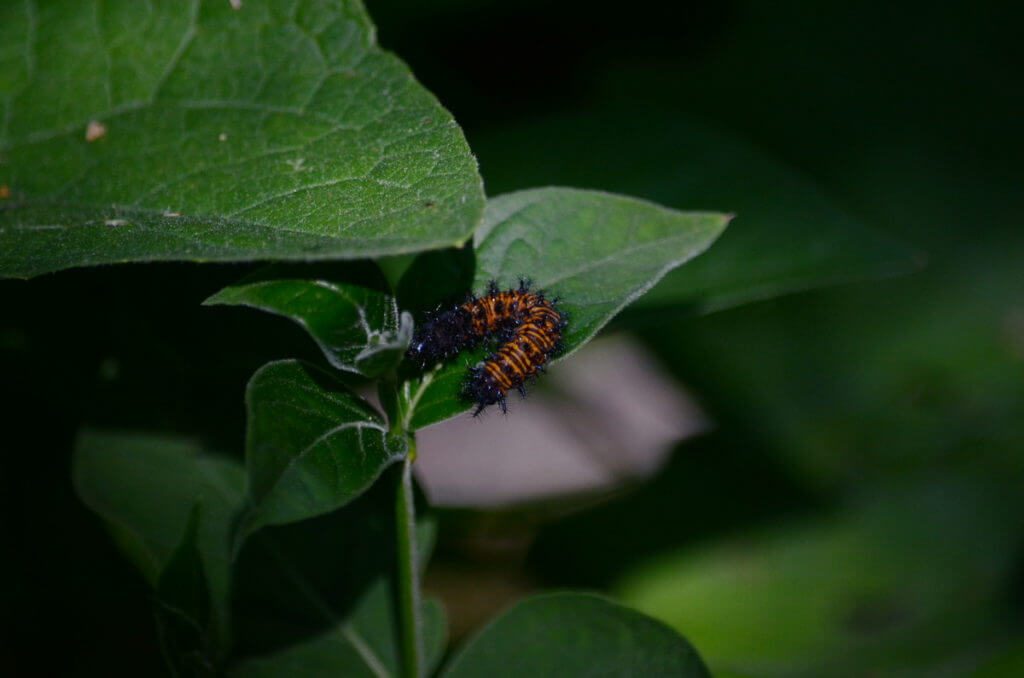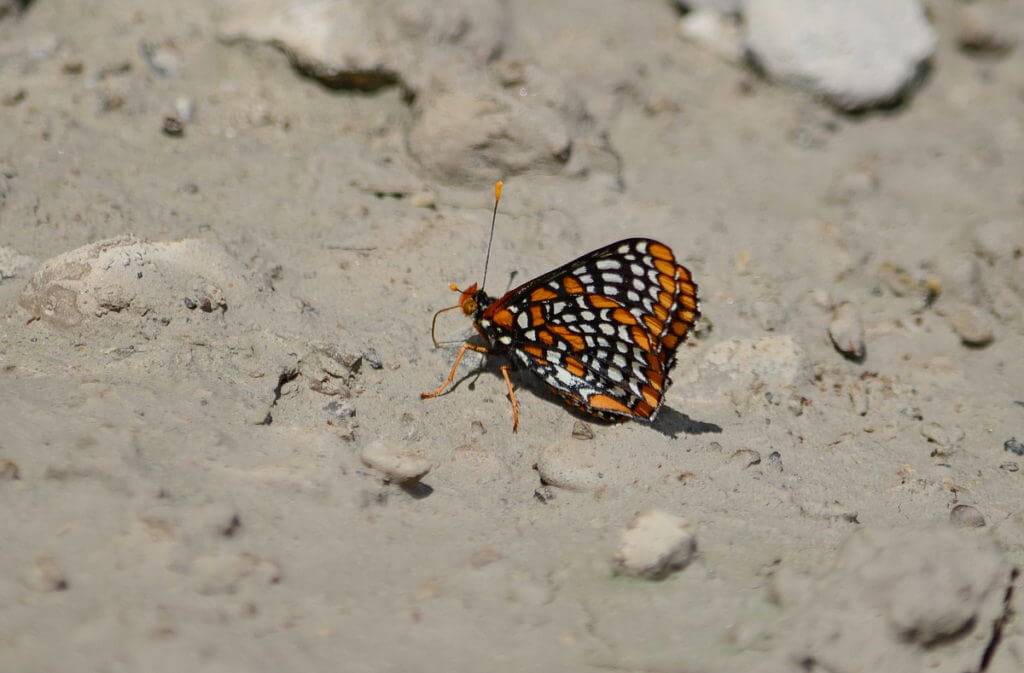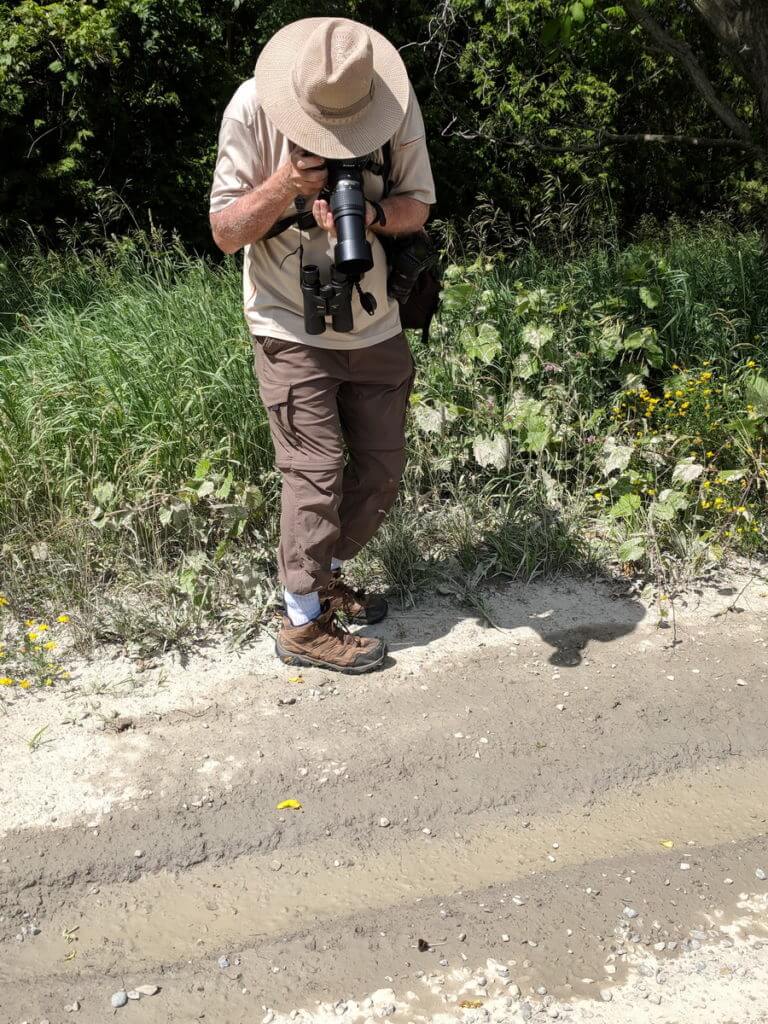Baltimore Checkerspot Butterflies in Ontario, Canada
We were really struck by the beauty of the Baltimore Checkerspot Butterflies that we observed in Toronto. This is a species that we had never seen before.
Photos of the Baltimore Checkerspot Butterflies had appeared on Facebook, on a page dedicated to Ontario Butterflies, Dragonflies and Moths.
We reached out to the person who posted photos and were pleased to hear back from her promptly with directions as to the butterflies’ precise location.
The next day, June 26, Bob and I drove across the city to the Glendon Forest Trail.
We had been instructed to walk to an area designated as a wetland, and sure enough, we found the butterflies basking in the sun.
Baltimore Checkerspot Butterflies can most often be found in wet meadows or marshes with a water source and few trees and shrubs.
Baltimore Checkerspot Butterflies are named for the first Lord Baltimore, George Calvert, because the colours of the butterfly are the same as those on his family’s heraldic crest.
The largest city in the U.S. state of Maryland is Baltimore, and so the state chose the Baltimore Checkerspot Butterfly to be its official state insect.
The flight of a Baltimore Checkerspot Butterfly is relatively weak, so they can often be found on the ground or perching on vegetation.
Jump forward 3 years, and on June 14, 2020, Bob and I were hiking in Rouge National Urban Park in Toronto. The area was riparian habitat near Little Rouge Creek.
As luck would have it, when passing through an area of almost waist-high vegetation, I looked down and spotted a caterpillar.
Using an App on my cellphone, I was able to determine that it was the larva of a Baltimore Checkerspot Butterfly.
What Bob and I were observing was a fourth in-star caterpillar that had recently emerged from hibernation, probably around the end of May.
Early the previous autumn, it and other fourth in-star Baltimore Checkerspot larvae fell from their host plants, hibernated in rolled leaves on the ground for the winter, and waited until the weather warmed up the following spring.
This Baltimore Checkerspot Butterfly larva hatched from an egg as a first in-star caterpillar a year earlier, sometime around mid to late June.
Now feeding on a variety of host plants, this fourth in-star larva was almost fully grown and would soon spin a chrysalis. Within the chrysalis, the larva would pupate over the course of a 2-week period and emerge as an adult Baltimore Checkerspot Butterfly.
During the coronavirus pandemic, Bob and I often resorted to walking deserted country roads and lanes rather than busy hiking trails. Two weeks after finding the Baltimore Checkerspot larva, on June 30, 2020, we were fortunate once again to come across some Baltimore Checkerspot Butterflies, this time near our own home.
These butterflies were members of a new generation of Baltimore Checkerspot Butterflies that had recently emerged from their chrysalides. Baltimore Checkerspot Butterflies produce one generation a year. Their flight time in Ontario is from mid-June to early August.
Newly pupated Baltimore Checkerspot Butterflies actively seek mates so that they can propagate.
During this period, male Baltimore Checkerspot Butterflies perch near the ground as they search for a female.
The females then lay between 100-700 eggs in groups on the appropriate host plant. White Turtlehead is the plant preferred by the tiny first in-star caterpillars once they hatch.
Starting life as a first in-star larva, a Baltimore Checkerspot caterpillar will join other first in-star larvae to spin a communal web on a White Turtlehead plant. This protects the larvae from predators as they eat, grow and molt from first in-star to third in-star caterpillars.
Late in the summer, the larvae stop eating and remain in the pre-hibernation web until the weather grows cooler. Then, the caterpillars drop to the leaf litter where they hibernate for the winter months.
Baltimore Checkerspot Butterflies look like they only have 4 legs rather than 6.
This illusion is created because the two front legs are reduced in size. This is why these butterflies are classified as brush-footed butterflies.
So, while Bob and I observed the Baltimore Checkerspot Butterflies and larva in 3 different locations at 3 separate times, we were actually given a glimpse into the life cycle of these most beautiful creatures.
Now, if only we could find a chrysalis!
Frame To Frame – Bob and Jean

